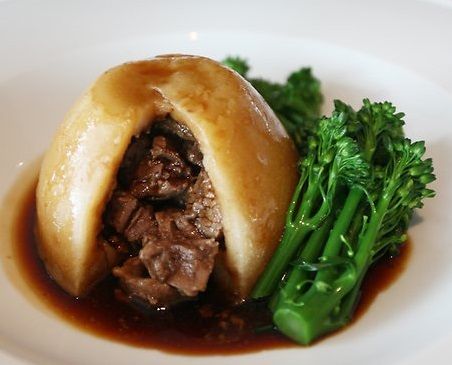Lox and Bagels (PART 1 OF 3)

(lox001.jpg)

(yen0201.gif)

(bagel703.jpg)
<iframe width="500" height="350" src="//www.youtube.com/embed/zMLUV1laXdo" frameborder="0" allowfullscreen></iframe>

Denman-san, do you like bagels with lox?

Oh yes, I do. But I did't know that lox means a fillet of brined salmon.
How did you come to know that?
Actually, I visited your blog.

(mar40508e.png)
■"Actual Page"

I saw the following picture in your article.

(bagel705.jpg)

It looks so nice and delicious that my stomach starts rumbling.

The bagel with lox makes your stomach rumble, doesn't it?
Oh yes, you're tellin me, Mari-chan, but as you see the bagel has some pieces of salmon on it. The strange thing is that I don't see the word salmon in your article. In any case, I've got a hunch that lox must have something to do with salmon, so I looked it up in Wikipedia.
Lox

(lox004.jpg)
(Lox on Bagel)
Lox is a fillet of brined salmon.
Traditionally, lox is served on a bagel with cream cheese, and is usually garnished with tomato, sliced red onion, and sometimes capers, which diners may or may not opt to add to the bagel.
Some American preparations of scrambled eggs or frittata include a mince of lox and onion.
Etymology
The word lox is derived from the German word for salmon, Lachs, which may ultimately derive from the Indo-European word for salmon, *laks-.
The word lox has cognates in numerous European languages that also derive from one of the Indo-European languages.

(lox005.jpg)
(Lox and cream cheese sandwich)
SOURCE: "Lox" from Wikipedia, the free encyclopedia

So, I wrote the following comment on your blog.
(To be followed)























































